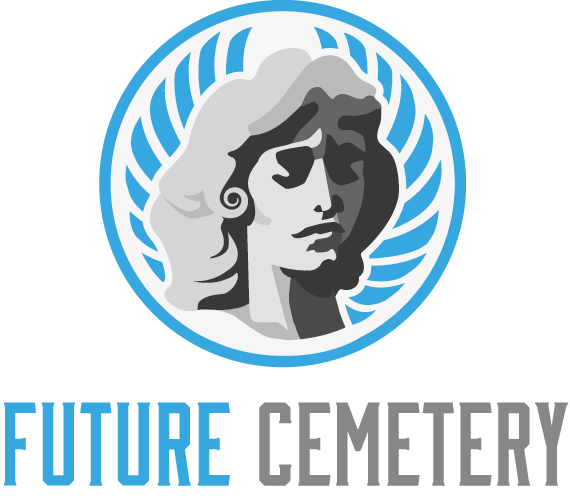Graveyards and cemeteries differ in size, religious affiliation and rules regarding headstone inscriptions. Your funeral director can explain the differences between these types of burial grounds.
In general, church graveyards are smaller and confined to the church’s campus. Cemeteries, on the other hand, are not affiliated with any church and can be quite expansive.
Location
A graveyard is an area designated for burials. It is usually located adjacent to a church and often features a chapel, tombs, or mausoleums. It is also often a place where people leave flowers and stones for their loved ones. This tradition is stronger with the Jewish faith and is known as a “grave blanket.”
Aside from tombs and mausoleums, many cemeteries feature walls of niches where family members can be buried. Some also have columbariums, which offer urns and plaques for the deceased.
During Hardmode, enemies will frequently spawn in the Graveyard biome. The Dryad sells Corrupt Seeds and Crimson Seeds. Players are advised to avoid the Graveyard biome due to its high enemy spawn rate. The player is advised to not mine the tiles underneath the gravestones, as doing so will spawn Ghosts. The masked NPCs Karlach and Nina Dortmell may spawn in the Graveyard, where they will attempt to resurrect their dead brother.
Types
Historically, graveyards were run by churches and located on the church grounds or campus. As these spaces became full, non-church-associated cemeteries were developed to provide additional burial space.
In many cultures, it’s traditional for the grave to be covered with dirt after the burial ceremony. This is a symbol of the return to the earth and can represent the cycle of life.
Often, family members will choose to leave flowers or other gifts on the gravesite. This is a beautiful and thoughtful gesture that can be very comforting to those who are mourning.
Some older graves may have been forgotten and are unable to be visited. In these situations, the cemetery may decide to re-use the plot. However, it is important to communicate with the families of these older graves and seek their consent before re-using them. This can be difficult, especially if the family does not live in the area. For this reason, some cemeteries will publish a list of re-used plots and invite family members to comment on the re-use.
Proximity to Churches
The decision to lay a loved one to rest involves weighing several essential factors. These include proximity to family and friends, the cemetery’s reputation, and burial options. It’s also important to choose a cemetery that offers a range of services, such as memorial services and monuments.
Traditionally, church-associated graveyards were responsible for the burial of their congregants, but rapid population growth meant they quickly ran out of space. As a result, non-church-associated cemeteries were established to provide more burial spaces for the growing community.
While there are many differences between a graveyard and a cemetery, both serve the same purpose: to provide a place for mourning loved ones. Understanding these differences will help you make the best choice for your needs and preferences.
Cost
Depending on the location of a cemetery, prices can vary significantly. For example, urban cemeteries with limited space typically have higher costs than rural ones. Also, if you choose to inter your loved one in a mausoleum rather than a traditional grave, expect to pay more upfront. In addition, there may be supplemental fees for maintenance and perpetual care.
Some people favor natural burials, which return bodies to the earth more quickly and allow for re-use of cemetery plots. This option has the additional benefit of protecting wild landscapes. However, these burials are often not marked with conventional headstones, instead relying on GPS recordings or the placement of a tree, bush, or rock.
Another expense associated with a graveyard is the cost of maintaining a dedicated office space. Whether paid for via rental or mortgage, this fixed expense is crucial to enabling digital grave mapping and service scheduling solutions. At GraveListing, we help families gain comprehensive insights into these costs, empowering them to make a choice that aligns with their financial parameters.
